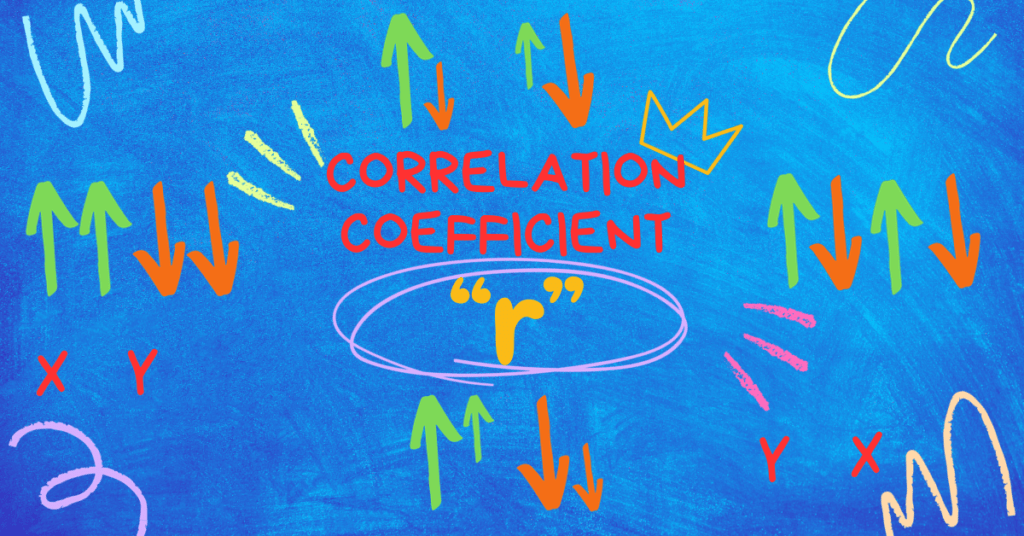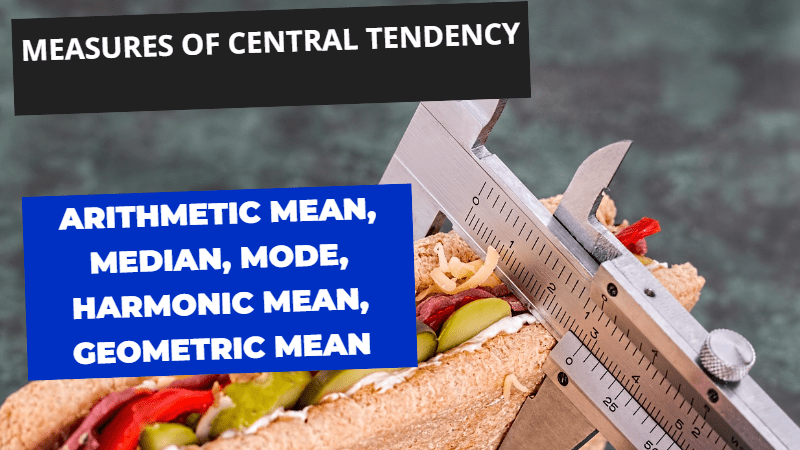In this blog post, I am going to discuss the paper of Business Statistics Solved Paper FBISE 2017 2nd Annual ICOM II, MCQS, Short Questions, Extensive Questions topics included are Introduction to Statistics, Averages, Index Numbers, Probability. Solved paper of Business Statistics Paper 2012 & solved paper of Business Statistics 2013, Business Statistics 2015, Business Statistics 2016, Business Statistics 2016 Supplementary, Business Statistics 2017 are already published on the website. Stay Connected for other boards solutions such as BISELHR, BISERWP etc.
Table of Contents
Business Statistics Solved Paper FBISE 2017 2nd Annual ICOM II, MCQS, Short Questions, Extensive Questions
Solved by Iftikhar Ali, M.Sc Economics, M.Com Finance Lecture Statistics, Finance & Accounting
MCQS
Q.1 Choose the correct answer A / B / C / D by filling the relevant bubble for each question on the OMR Answer Sheet according to the instructions given there. Each part carries one mark.
| (i) | The data, which have not undergone any statistical treatment, are: | ||||
| A. Primary Data | B. Secondary Data | C. Discrete data | D. Continuous data | ||
| (ii) | In the plural sense, statistics means: | ||||
| A. Method | B. Numerical data | C. Sample data | D. Population data | ||
| (iii) | The graph of time series is: | ||||
| A. Pie-Chart | B. Ogive | C. Histogram | D. Historigram | ||
| (iv) | Relative frequency can never be: | ||||
| A. Less than one | B. More than one | C. Equal to one | D. Equal to two | ||
| (v) | The median of 3,4, 5, 6, 9, 10, 12 is: | ||||
| A. | B. | C. | D. | ||
| (vi) | The most frequent value in the data is: | ||||
| A. Mean | B. Median | C. Mode | D. Standard Devitaion | ||
| (vii) | In fixed base method, the base period should be: | ||||
| A. Far away | B. Normal | C. Abnormal | D. Unreliable | ||
| (viii) | The weights in a price index are: | ||||
| A. Average of prices | B. Percentage of prices | C. Not important | D. Quantities | ||
| (ix) | When two coins are tossed, the possible outcomes are: | ||||
| A. 1 | B. 2 | C. 4 | D. 36 | ||
| (x) | If A and B are two independent events then: | ||||
| A. P(A) = P(B) | B. P(A∩B) = P(A)P(B) | C. P(A∩B) ≠ P(A)P(B) | D. P(A/B) = P(B) | ||
Short Questions
Q.2 Attempt any eight parts. The answer to each part should not exceed 3 to 4 lines. (8 x 3 = 24)
(i) What is Statistics?
Answer:
Statistics is a branch of applied mathematics. Statistics is a science of average and probability in which it delas with data into four different parts such as:
- Collection of data
- Organization of data
- Analysis or interpretation of data
- Presentation of data
(ii) Name the methods of collecting primary data.
Answer:
- Direct Questionnaire
- Through SMS
- Through Telephone
- Through Social Media Platforms
- Through Poll
(iii) What is Histogram?
Answer:
Histogram is a graphical representation of a frequency or probability distribution of the data. In Histogram, we take range of values on x-axis whereas frequency of specific values is taken on y-axis.
(iv) Differentiate between qualitative and quantitative data.
Answer:
Qualitative data is a data in which, we present the data in terms of quality or attribute such as grades, Color of eyes etc.
Quantitative data is a data in which we present the data in terms of quantity, numeric or digits such as, income, saving, consumption etc.
(v) Monthly earnings of 10 employees are: 100, 120, 130, 110, 109, 101, 150, 190, 170, and 200. Calculate average earning of employees.
Solution:
| Employees (X) | 100 | 120 | 130 | 110 | 109 | 101 | 150 | 190 | 170 | 200 | ∑X =1380 |
![]()
(vi) For a certain distribution, the value of mean is 15 and median is 20. What will be the value of mode?
Solution:
Mode = 3Median – 2Mean
Mode = 3(20) – 2(15)
Mode = 60 – 30
Mode = 30
(vii) If and Y = 3X + 9, then find Y̅.
Solution:
Here, we can use the equation of the calculation of an intercept:
![]()
where b is a coefficient and that is 3, a is a constant and that is 9. Put the values in the equation, we get:
![]()
![]()
![]()
(viii) Define an index number.
Answer:
Index number is a statistical measure that calculates or measure the change in price or quantity with respect to time. It is a measure for recording inflation or deflation in the economy. It is barometer of economics.
(ix) Construct chain base index number for the following data:
| Year: | 1941 | 1942 | 1943 | 1944 | 1945 | 1946 |
| Price: | 122 | 124 | 118 | 125 | 128 | 135 |
Solution:
| Year | Price | Link Relative | Chain Index |
| 1941 | 122 | 100 | 100 |
| 1942 | 124 | | |
| 1943 | 118 | | |
| 1944 | 125 | | |
| 1945 | 128 | | |
| 1946 | 135 | | |
(x) State addition law of probability for mutually exclusive events.
Answer:
P(A or B) = P(A) + P(B)
(xi) What are independent events?
Answer:
If two or more than two events have nothing common between them, then the events are called independent events. For example:
A: {1, 3, 5, 7, 9} and event B: {2, 4, 6, 8, 10} have nothing common between them so these are independent events.
Extensive Questions
SECTION – C (Marks: 16)
Note: Attempt any TWO questions. All questions carry equal marks. (2×8=16)
Q.3 Calculate median and mode of the following distribution.
| Weight | 0—7 | 7—14 | 14—21 | 21—28 | 28—35 | 35—42 | 42—49 |
| Frequency | 19 | 25 | 36 | 72 | 51 | 43 | 28 |
Solution:
| Weight | Frequency | X | C.F |
| 0—7 | 19 | 3.5 | 19 |
| 7—14 | 25 | 10.5 | 44 |
| 14—21 | 36 | 17.5 | 80 |
| 21—28 | 72 | 24.5 | 152 |
| 28—35 | 51 | 31.5 | 203 |
| 35—42 | 43 | 38.5 | 246 |
| 42—49 | 28 | 45.5 | 274 |
| ∑f = n = 274 |
![]()
Model Class = n/2 = 274/2 = 137 falls in C.F of 152 so data is:
L = 21, h = 7, f = 72, n/2 =274/2 = 137 & C = 80
![]()
![]()
![]()
![]()
Model Class: Maximum frequency is 72 so data for model class is:
L = 21, fm = 72, f1 = 36, f2 = 51 & h = 7
![]()
![]()
Q.4 Show with the help of following data that Fisher’s index is Geometric mean of Laspeyre’s and Paasche’s index.
| Commodity | Base Year | Current Year | ||
| Price (Po) | Quantity(qo) | Price (p1) | Quantity(q1) | |
| A | 12 | 50 | 10 | 55 |
| B | 6 | 100 | 4 | 120 |
| C | 5 | 55 | 3 | 60 |
| D | 10 | 30 | 5 | 35 |
Solution:
| Commodity | Base Year | Current Year | Base Year | |||||
| Price (po) | Quantity(qo) | Price (p1) | Quantity(q1) | poqo | p1qo | p1q1 | poq1 | |
| A | 12 | 50 | 10 | 55 | 600 | 500 | 550 | 660 |
| B | 6 | 100 | 4 | 120 | 600 | 400 | 480 | 720 |
| C | 5 | 55 | 3 | 60 | 275 | 115 | 180 | 300 |
| D | 10 | 30 | 5 | 35 | 300 | 150 | 175 | 350 |
| Sum | 1775 | 1165 | 1385 | 2030 | ||||
| ∑poqo = | ∑p1qo = | ∑p1q1 = | ∑poq1 = | |||||
![]()
![]()
![]()
![]()
![]()
![]()
![]()
Q.5 Show that in a single throw with two dice, the chance of throwing more than 7 is equal to that of throwing less than 7 and hence find probability of throwing exactly 7.
Solution
![Rendered by QuickLaTeX.com \[ Sample\;Space\;=\;\begin{pmatrix}N\\C\\n\end{pmatrix}=\begin{pmatrix}6\\C\\2\end{pmatrix}=36 \]](https://bcfeducation.com/wp-content/ql-cache/quicklatex.com-78396e35e0681ca298a1b77fec7def00_l3.png)
All Possible Outcome
| 1, 1 | 2, 1 | 3, 1 | 4, 1 | 5, 1 | 6, 1 |
| 1, 2 | 2, 2 | 3, 2 | 4, 2 | 5, 2 | 6, 2 |
| 1, 3 | 2, 3 | 3, 3 | 4, 3 | 5, 3 | 6, 3 |
| 1, 4 | 2, 4 | 3, 4 | 4, 4 | 5, 4 | 6, 4 |
| 1, 5 | 2, 5 | 3, 5 | 4, 5 | 5, 5 | 6, 5 |
| 1, 6 | 2, 6 | 3, 6 | 4, 6 | 5, 6 | 6, 6 |
Sum Table
| 2 | 3 | 4 | 5 | 6 | 7 |
| 3 | 4 | 5 | 6 | 7 | 8 |
| 4 | 5 | 6 | 7 | 8 | 9 |
| 5 | 6 | 7 | 8 | 9 | 10 |
| 6 | 7 | 8 | 9 | 10 | 11 |
| 7 | 8 | 9 | 10 | 11 | 12 |
Events
![]()
![]()
![]()
Probabilities
![]()
![]()
![]()
Probability of more than 7 is equals to the probability of less than 7 and probability of exactly 7 is 0.167
You may also interested in the following:
Business Statistics Solved Paper FBISE 2012 ICOM II, MCQS, Short Questions, Extensive Questions
Business Statistics Solved Paper FBISE 2013 ICOM II, MCQS, Short Questions, Extensive Questions
Business Statistics Solved Paper FBISE 2015 ICOM II, MCQS, Short Questions, Extensive Questions
Business Statistics Solved Paper FBISE 2016 ICOM II, MCQS, Short Questions, Extensive Questions
Business Statistics Solved Paper FBISE 2017 ICOM II, MCQS, Short Questions, Extensive Questions
Introduction to Statistics Basic Important Concepts
Measures of Central Tendency, Arithmetic Mean, Median, Mode, Harmonic, Geometric Mean





